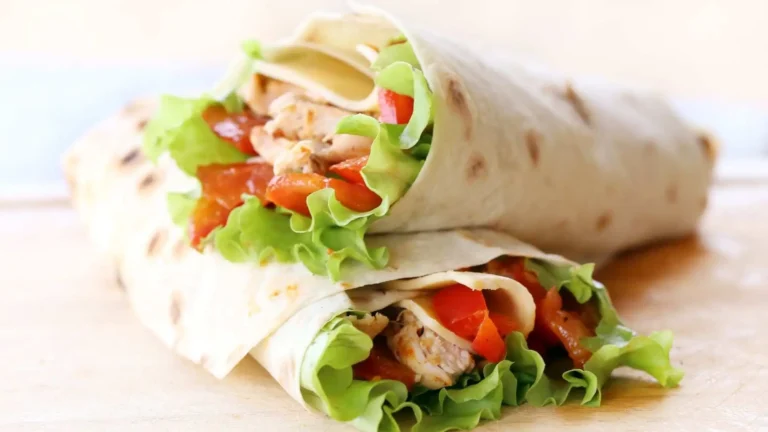
Compression fabric is a specialized textile that applies pressure to the body to improve blood flow during exercise and recovery. Often found in sportswear like shorts, leggings, and tops, it’s also used to treat varicose veins and traumatic burns.
Magicotton wraps nylon, spandex, and cotton fibers together to create a revolutionary new fabric that feels like nylon, stretches like spandex, and breathes like cotton.
Stretchability
Compression fabric is use to make tight, form-fitting clothing that can help relieve muscle fatigue and speed up recovery after physical activity. It is often use for sportswear, including shorts, shirts, socks, and leggings. High quality compression fabric exerts a specific pressure profile to stimulate blood flow in targeted areas. This improved circulation can reduce muscle vibration, help muscles deliver oxygen and nutrients, and promote faster healing time. It is also valued for its aesthetic properties, which can create a slimming and toning look.
Cotton is woven into some compression fabrics to add softness and breathability. This compression fabric can be made from various materials, but nylon is the most common because it provides stretchiness and durability. It also is shrink-resistant, which helps prevent the fabric from losing its elasticity when washed.
The fabric can also be made from cotton and spandex blends, making it durable and stretchy. This type of fabric is ideal for garments like socks and shirts since it can be breathable yet still retain the compression benefits of the fibers. Some blends of compression fabric use shape memory technology, which allows the fibers to “remember” their original form when stretched. This technology could be useful in developing fabrics that provide consistent, effective compression for longer periods.
Breathability
Compression fabric is designed to pressure particular body areas to improve blood flow, boost muscle recovery, and reduce injury risk. It’s typically used for physical activity, such as running or weightlifting, and in medical contexts, such as to help people with varicose veins or traumatic burns recover faster.
Cotton compression fabrics have a natural feel and breathe well. This is a huge benefit for athletic wearers, who may wear their garments for extended periods. Breathability helps prevent sweat buildup that could lead to overheating and limits the time it takes for the fabric to dry.
In addition to breathability, cotton is comfortable against the skin. It’s much softer than other compression fabrics, which are often made from a combination of nylon and spandex. Nylon improves the strength of the fabric, while spandex adds elasticity and stretch.
While most compression clothing is produced using a standard cut-and-sew method. Which involves cutting flat knitted elastic fabrics into their final shape and size and sewing them together, some manufacturers have products with a special technique called seamless knitting. This allows the material to be knitted all in one piece, which is more comfortable than garments that have seams. Additionally, it can increase air permeability and reduce odors, which is a big benefit for athletes who often use their clothing for lengthy workouts.
Moisture-Wicking
The wicking properties of a fabric are determined by how much water it absorbs and how quickly it can dry. This is known as its moisture regain value. Typically, the higher the value, the better the moisture-wicking properties.
Cotton compression fabric is a great choice for people who work out and sweat heavily because it is very breathable. It can pull the sweat away from your skin and push it toward the garment’s outer surface, where it can evaporate faster. This allows it to keep you cool and comfortable when wearing a compression shirt, leggings or pants.
Compression garments are often prepare with nylon and spandex to create a compressive effect, but many have a percentage of cotton woven into them. This makes them feel softer on the skin and more comfortable. The cotton also increases the garment’s breathability, which is important for people who wear them regularly and work in their attire. This is especially true if you do weight lifting or other exercises requiring much movement and sweating.
Aside from being breathable and stretchy, the best compression fabrics should also be able to resist slipping and rolling. They must apply a specific pressure profile stimulating blood flow, but the material must still be comfortable against your skin. To maintain this property, it is advice, that you wash the fabric in a cold or warm setting with mild detergent and not put it in the dryer.
Warmth
Compression fabric made from cotton has a soft feel on the skin and warms up as you exercise. The cotton also helps increase breathability, a major benefit for people who wear compression garments for long periods. This allows the sweat to escape instead of staying soaked in and keeps you from getting too hot while exercising.
Some blends of compression fabric use a combination of nylon and spandex with cotton fibers to create a garment that looks like a traditional athletic shirt but is more comfortable. Its stretchiness and moisture-wicking properties help improve muscle blood flow and reduce muscle fatigue. This is important for preventing injury and enhancing performance during physical activity and recovery from injuries. It also treats health conditions such as deep vein thrombosis (DVT).
When choosing compression fabric, checking the label for washing instructions is important. It would help if you only washed it in cold or mildly warm water, as hot water could damage the synthetic fibers. You should also avoid placing it in the dryer, as this can cause it to shrink or become brittle over time.
In addition, it is best to start with shorter durations of wearing compression clothing. Also, gradually increase the amount of time you wear it. This will give your body time to adjust to the feeling. Make sure the fabric fits properly without being too tight.





